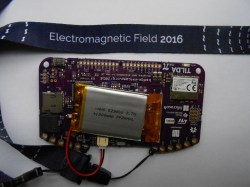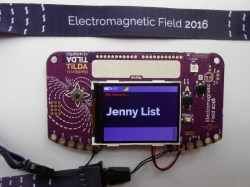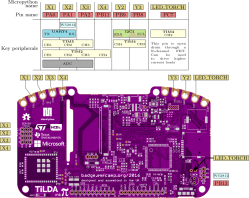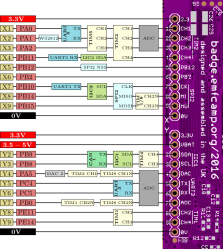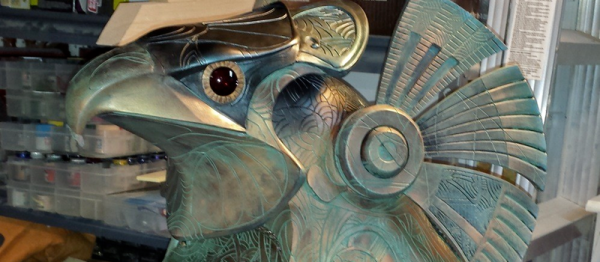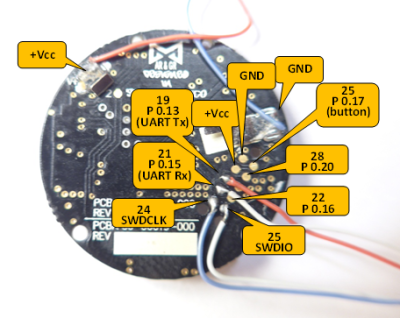Building your own smartwatch is a fun challenge for the DIY hobbyist. You need to downsize your electronics, work with SMD components, etch your own PCBs and eventually squeeze it all into a cool enclosure. [Igor] has built his own ESP8266-based smartwatch, and even though he calls it a wrist display – we think the result totally sells as a smartwatch.
His design is based on a PCB for a wireless display notifier he designed earlier this year. The design uses the ESP-12E module and features an OLED display, LEDs, tactile switches and an FT232R USB/UART interface. Our beloved TP4056 charging regulator takes care of the Lithium-ion cell and a voltage divider lets the ESP8266’s ADC read back the battery voltage. [Igor] makes his own PCBs using the toner transfer method, and he’s getting impressive results from his hacked laminator.
Together with a hand-made plastic front, everything fits perfectly into the rubber enclosure from a Jelly Watch. A few bits of Lua later, the watch happily connects to a WiFi network and displays its IP configuration. Why wouldn’t this be a watch? Well, it lacks the mandatory RTC, although that’s easy to make up for by polling an NTP time server once in a while. How would our readers classify this well-done DIY build? Let us know in the comments!





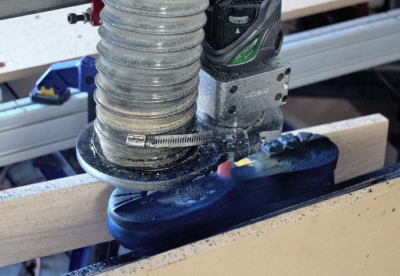 To engineer this pair, [Jen] started by giving each boot just over 130 pounds of pull such that each boot could independently hold her weight. She then shaved down a few mils off the boot with the nearby Science Center’s CNC router. A few drilling operations later and [Jen] is ready to show the world how to collect those hard-to-reach rupees on the ceiling.
To engineer this pair, [Jen] started by giving each boot just over 130 pounds of pull such that each boot could independently hold her weight. She then shaved down a few mils off the boot with the nearby Science Center’s CNC router. A few drilling operations later and [Jen] is ready to show the world how to collect those hard-to-reach rupees on the ceiling. 

